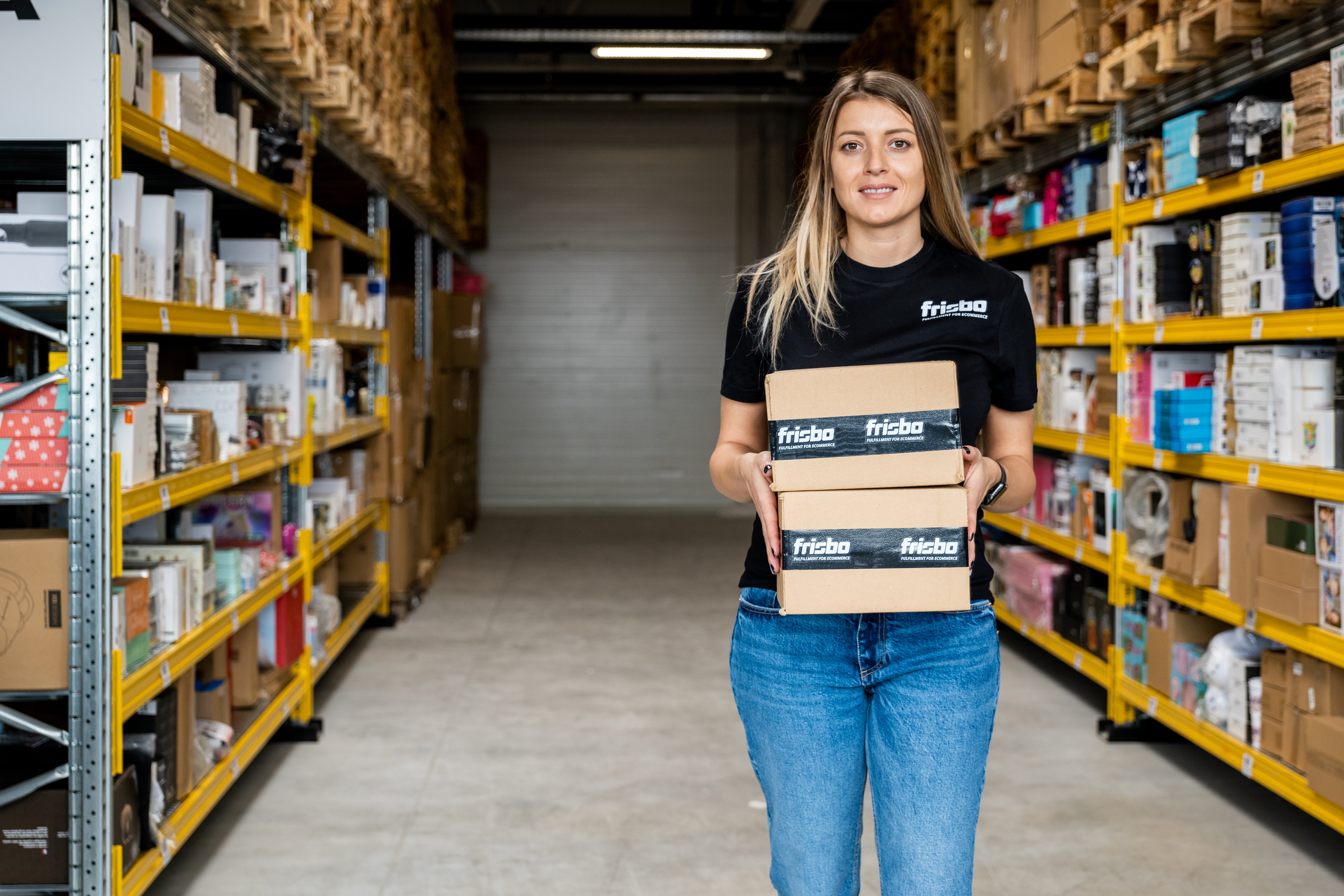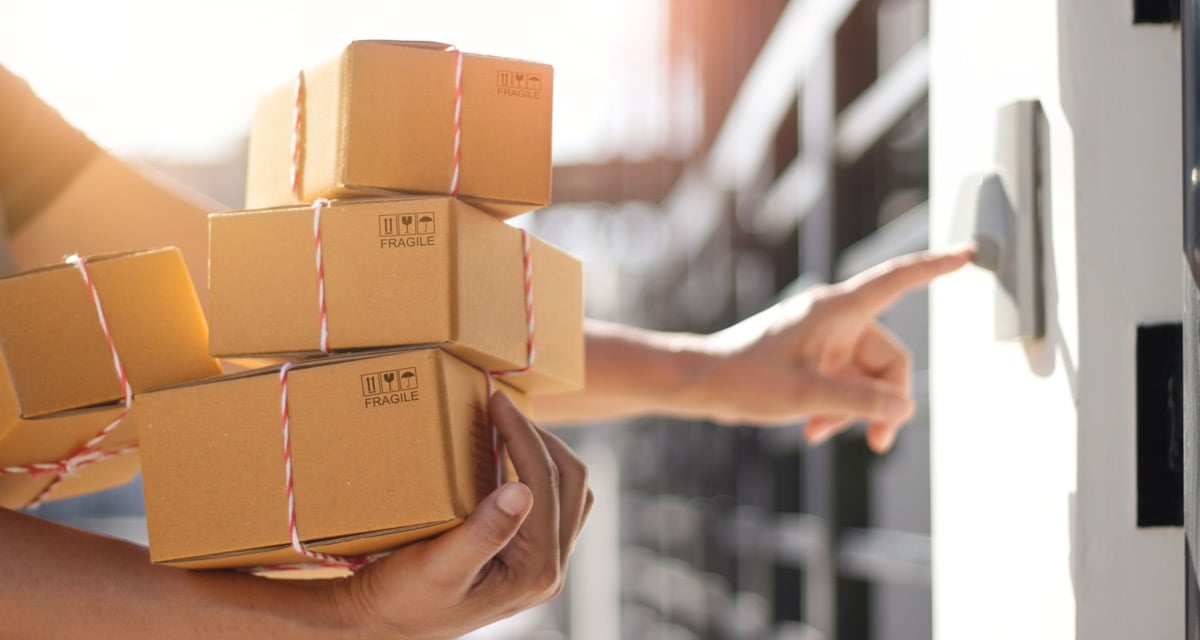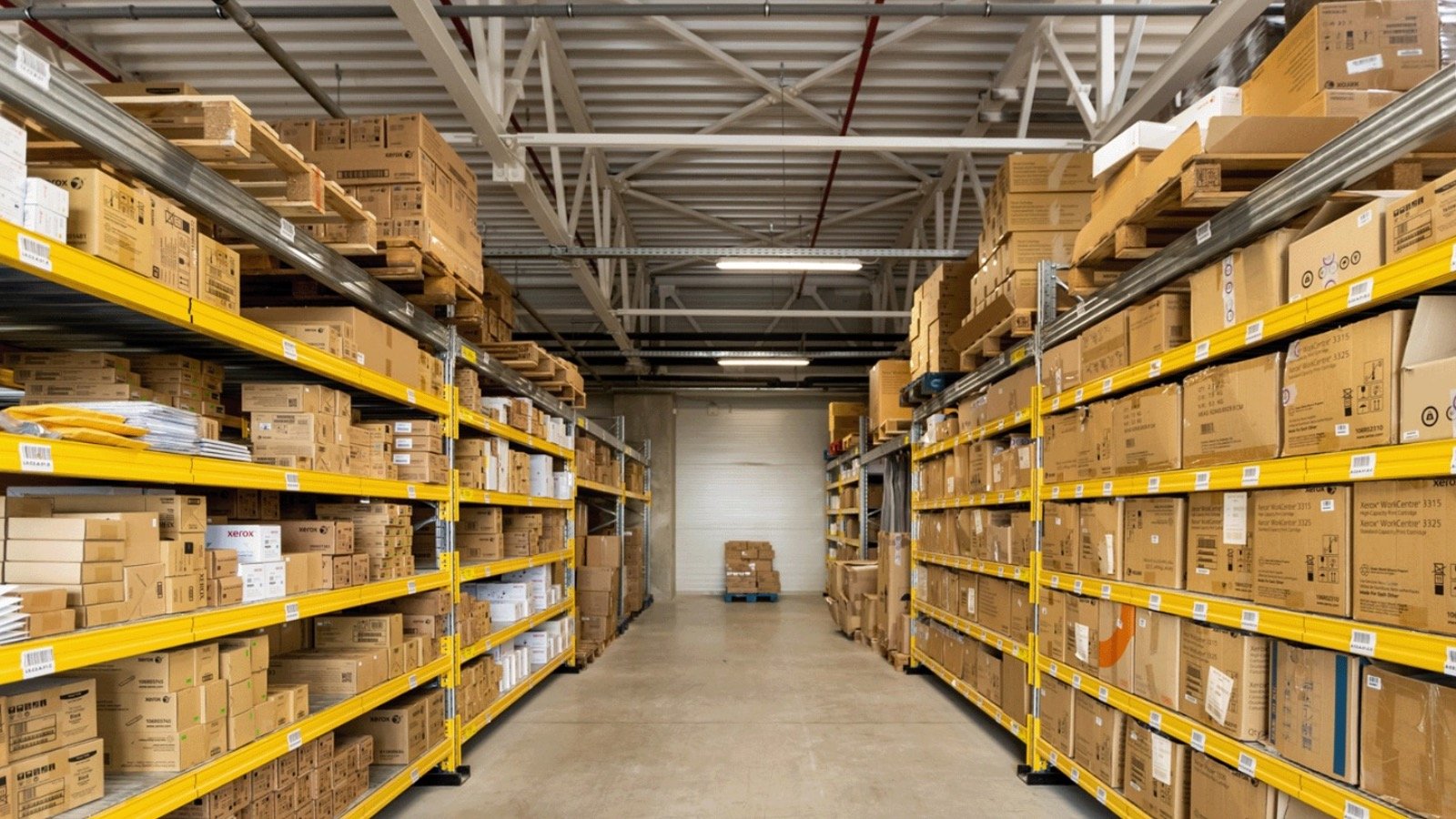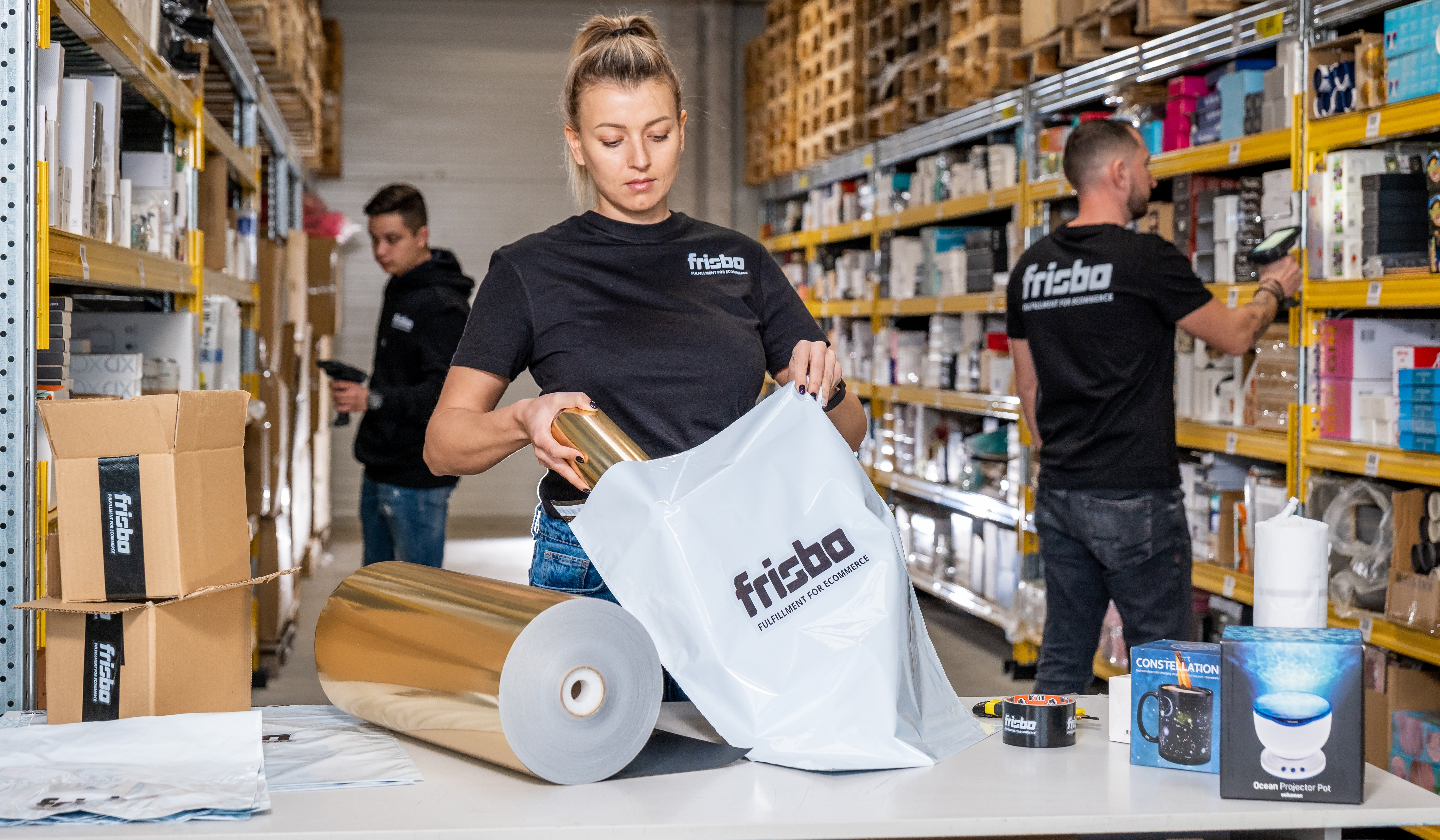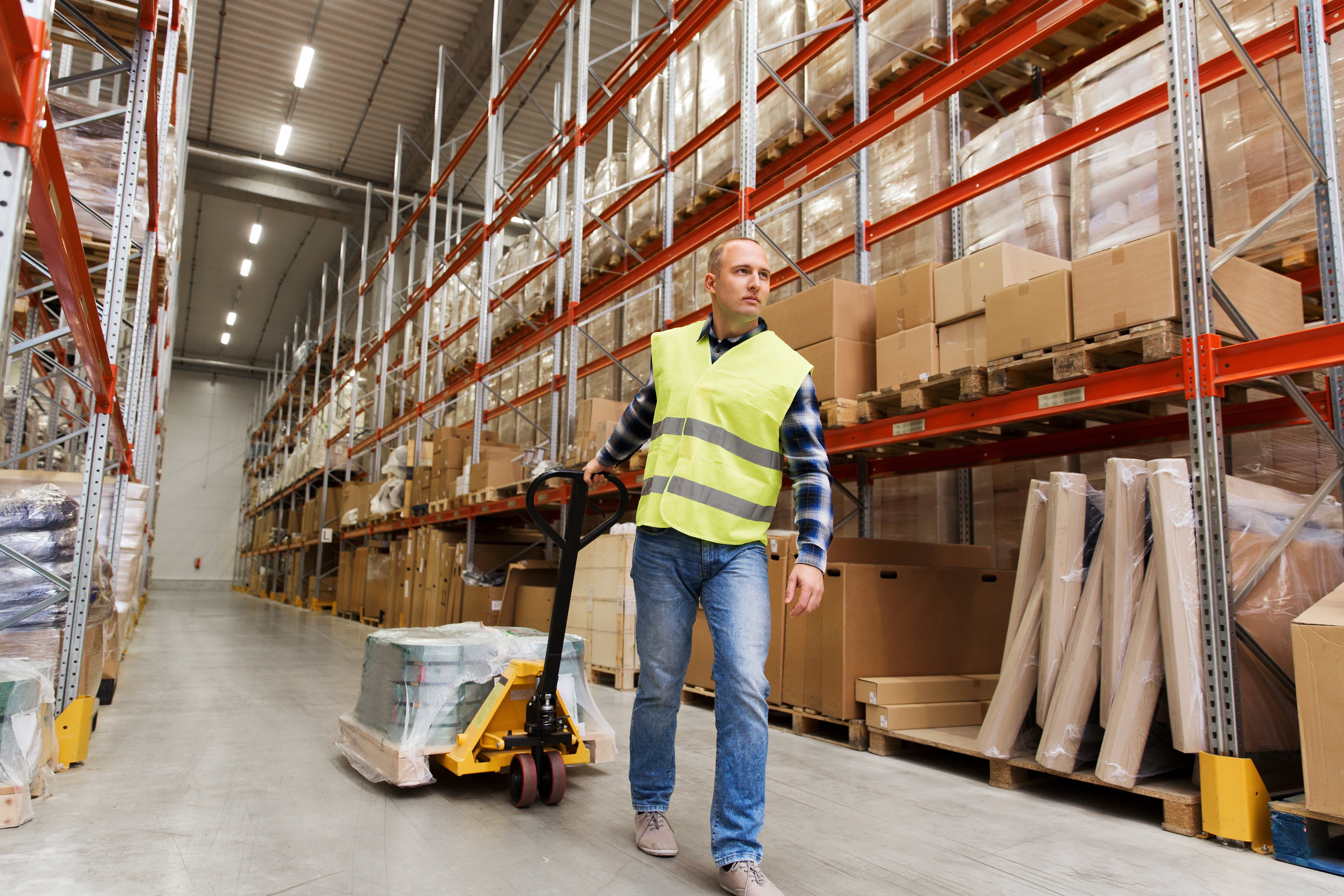What happens when a traditional retail brand expands its distribution strategy to incorporate D2C e-commerce channels? It opens up new opportunities to engage with existing consumers, attract new consumers, and boost revenues beyond the limits of existing retail associates.
However, one of the most important challenges a D2C business model encounters is the shift of responsibility in managing sales and distribution channels. While there will be no dealers or wholesalers to support your goals, you’ll work by yourself, so as to form your complete standout. You’ll be responsible for order D2C fulfillment, packaging, delivery, and inventory management, requiring plenty of effort and different departments coordinating properly in order to remain ahead of the competition.
To give you a hand, in this article we’ve put together detailed information about the subjects below. Feel free to read it as a whole or just what peaks your interest.
-
What are the D2C trends rising on the market and what do they bring to e-commerce?
-
What are the main challenges coming with a D2C selling approach?
-
How to make the most of the D2C channel with smart logistics externalization and D2C fulfillment?
D2C meaning
Shopping used to necessitate going out in public. Not any longer. When customers look for an item online, they may end up purchasing it from any place, even from the company itself if it possesses a straight-to-customer channel. Whenever a company sells directly to the final customer, this is referred to as direct to the customer.
D2C (Directly to Client, aka Direct2Consumer) is a commercial sales approach through which a company builds, markets, sells, and ships an item straight to the final client.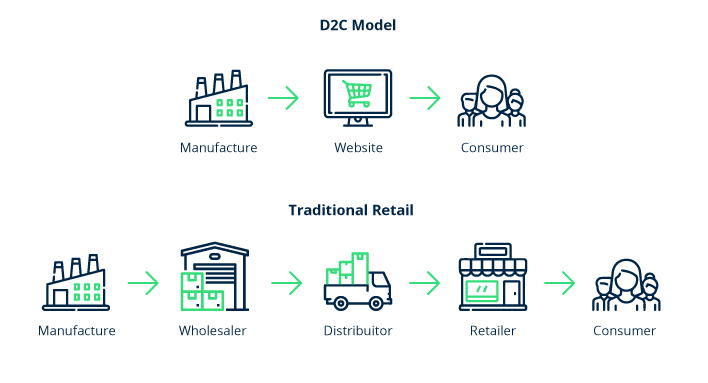 Selling direct-to-consumer (D2C) helps in streamlining the delivery procedure by eliminating any intermediaries (such as third-party sellers as well as distribution associates), enabling D2C e-commerce businesses:
Selling direct-to-consumer (D2C) helps in streamlining the delivery procedure by eliminating any intermediaries (such as third-party sellers as well as distribution associates), enabling D2C e-commerce businesses:
-
To give goods at much lower rates than manufacturers using conventional retail marketing strategies
-
To maintain end-to-end ownership over company operational processes.
-
To differentiate from competitors as customer promotion, branding, and sales efforts are used to stand out from the conventional retail distributors.
D2C e-commerce trends in short
The changes brought by the pandemic, the new shopping habits of Gen Z & Millennials, and the global technological literacy have led brands to focus more on D2C, giving rise to trends like:
Personalized shopping experiences
Based on a study published by Epsilon, 80% of consumers are more likely to make a purchase when brands offer personalized experiences. So now, more and more businesses are trying to offer what their customers really want, thus emerging some efficient business differentiators.
Whether we are talking about pricing, personalized products or customized discounts tailored to the interests of each individual customer, the new D2C model caters directly to the customer’s expectations.
Omnichannel D2C
As there is a boom of new brands constantly emerging, it is important to make your business visible everywhere (be it through brick-and-mortar stores, online marketplaces, or strong D2C channels).
Consumers shop across multiple channels and devices, so they should be able to find your brand wherever they look. For example, they may find something in a physical store that distributes your product and then head into the browser and search for your brand. And if they see that they can also order directly from you, most likely, they will.
According to a Google-commissioned Kelton Global survey, more than two-thirds of online shoppers said that individual brands offered better quality than third-party retailers.
Digital payments fuel growth
The key element of the D2C e-commerce success is digital payments. Over the past years, cashless digital payments have attracted a significant number of users (whether we’re talking about payments made using digital wallets, real-time payments, or even cryptocurrencies).
Additionally, in a highly competitive industry, what makes digital payments even more appealing are the trends they attract, such as Buy Now, Pay Later or Zero-Cost EMI (monthly installments with zero interest).
The numbers further support the D2C trend. According to Statista, the transaction value of digital payments in Europe will double by 2026 with an annual growth rate (2022-2026) of 15.83%.
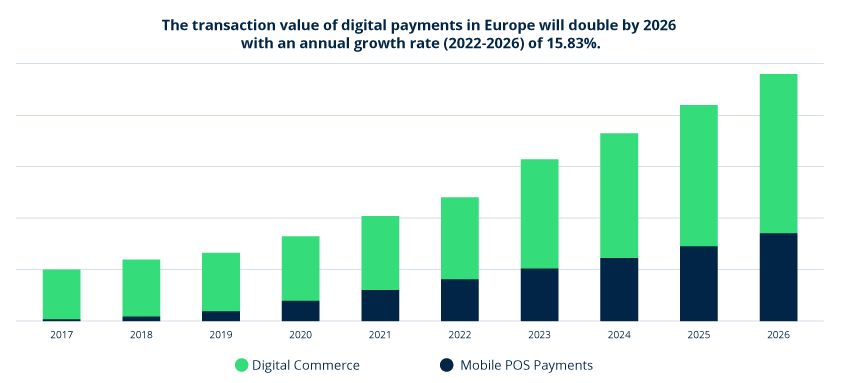 Technology accelerates the D2C transition
Technology accelerates the D2C transition
There has been an explosion of tech companies emerging in the last few years. And it’s perfectly reasonable as many brands are investing in technological solutions to help them streamline the entire shopping experience, from pre- to post-purchase.
From Advanced Data and Analytics software to SaaS-based logistics platforms, D2C brands manage to scale with the aid of technology, eventually reducing costs and achieving profitability with a better return of investment.
D2C logistics challenges
The most common difficulties in scaling D2C brands are those linked to marketing and logistics. The best part? Solving one of the two problems will actually solve both. As a D2C business grows, so should its D2C logistics. Otherwise, processing orders, managing inventory and order fulfillment would take too much precious time. Additionally, as a D2C seller, you could start to face challenges such as:
Difficulty scaling
In the age of online shopping, where there is an infinite number of innovative marketing possibilities, the number of orders of a D2C brand could skyrocket overnight. Not to mention peak sales periods like Christmas Holiday and Black Friday. In such situations, any D2C brand has to process the orders as quickly as possible in order to avoid lengthy delivery and unhappy customers.
Poor management of orders
Whenever it comes to a spike in orders, there is a tendency to rush the entire logistics process. And that's normal since every D2C business wants to make its customers happy. However, in order to accomplish this, one needs to focus on the effectiveness of the fulfillment process. Therefore, every step, from inventory management, picking and packing, creating AWBs, printing shipping labels, handling the orders to the couriers, and managing returns must be done carefully.
High shipping costs for next-day delivery
Now, every online shopper wants this: the fastest delivery at the lowest price (Thank you, Amazon…). But that's easier said than done as the home delivery bill could reach unsustainable costs if looking at the actual inflation rate and the oil price increases. Therefore, in order to stay competitive, D2C brands must consider the costs of all the steps in the fulfillment process and try to streamline costs by always comparing carriers and choosing suitable courier partners who won’t charge huge fees for either national or international deliveries.
Weak last-mile delivery
Along with the costs of shipping the product, there is another rising issue: the last-mile delivery.
The last-mile delivery refers to the last step of any fulfillment process. It happens when the order leaves the warehouse shelf, travels into the courier’s truck, and finally arrives at the customer’s door.
The problem ultimately lies in how efficient the entire process is, as every order should reach different customers who live in different parts of the country or even different parts of the world. Usually, the orders are delivered from one single location. So, some of the customers might receive their products sooner than others. This is why D2C brands need to find a way to cope with this, especially when they mention on their website that next-day delivery is applicable everywhere.
Dealing with high return rates
D2C logistics are about returns too, so online retailers should be prepared to face them, at any time. Keep in mind that the e-commerce return rate can be two to three times higher than physical stores' return rate:
-
28% for e-commerce sales
-
8-10% for brick-and-mortar sales.
And yes, lowering the return rate is every e-commerce business's goal. Focusing on improving the online shopping experience along with streamlining the shipping processes will help you make the most out of your D2C logistics when it comes to handling returns.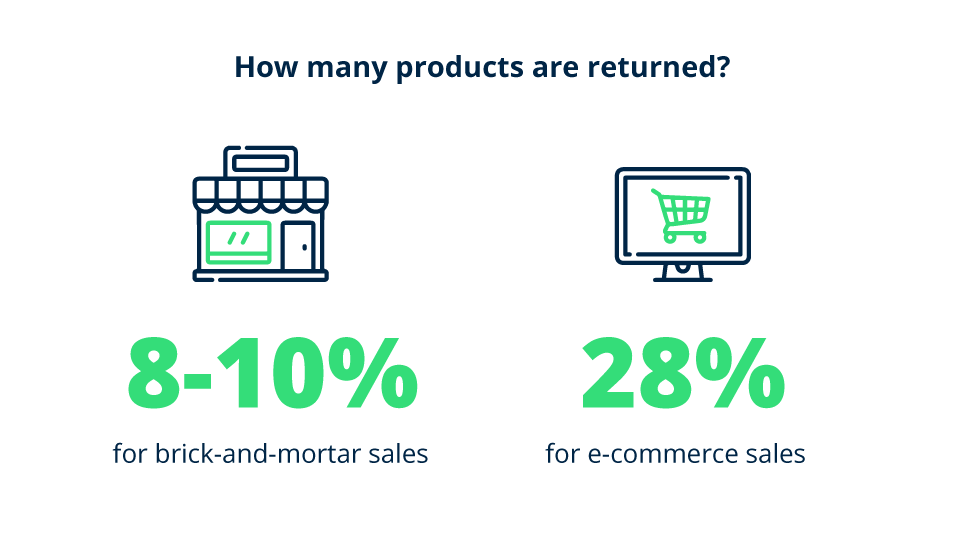
Overcoming D2C logistics challenges with D2C fulfillment
Outsourcing logistics to a 3PL fulfillment company is the solution to the seemingly never-ending work behind any scalable D2C e-commerce business. As the fulfillment companies combine cutting-edge technology with high-level logistics expertise, it will save costs, and most importantly, time - a valuable resource to use in order to invest in what you do best: sales and building a solid marketing strategy.
At Frisbo, we provide you with an end-to-end automated process that takes all the logistics hassle off your shoulders, from storing your products in a network of warehouses located in different regions to inventory management, pick & pack and documents invoicing, carrier relationship and, of course, returns management.
Our D2C customers base covers a large spectrum of industries, from innovative leaders in kitchen and home appliances, clothing, and jewelry, to smart gadgets and IT&C, all having one common goal: scaling their business by combining the power of customers data gathered from their direct-to-customer selling approach with the power of smart D2C fulfillment externalization, real-time inventory, and access to the largest European network of fulfillment warehouses.
Integrating our D2C fulfillment services into their business offers full control over inventory. Knowing and being able to track every SKU that goes in or out of stock and making sure that customers always get what they wish, leads to customer retention and ultimately to an overall happy online shopping experience.
Picking and packing orders are more efficient when they're done in bulk. Anytime they need customized packing for a certain type of product, they let our warehouses know it, so they try to package according to their preferences.
Integrating their stock with the largest D2C fulfillment network in Europe, solves the last mile problem and opens the possibility to provide next-day delivery to multiple markets at local costs. Plus, expanding sales to a new market can be done within 30 days.
They also benefit from a well-implemented reverse supply chain - an important aspect of customer retention and happy customers. Here, we bring two key matters into play: smooth automated operations that resolve returns fast and a shopper-friendly D2C returns management system.
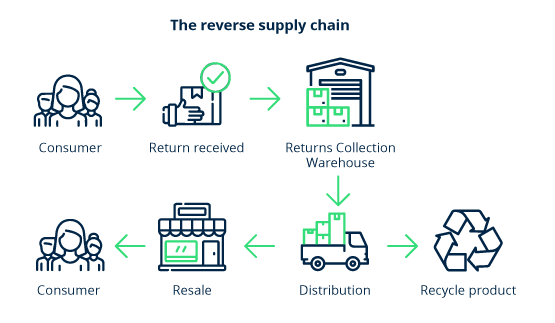 Conclusion
Conclusion
The D2C e-commerce businesses are becoming steadily more popular. However, the scalability of this model has to overcome some logistics challenges that come with the benefits of direct-to-customer sales. And these challenges could be turned into a real success when collaborating with a tech-enabled fulfillment company.
As online shoppers' behavior changes quickly, D2C logistics need to be up to date, and preferably, fully automated. Otherwise, one might be trapped in an endless loop of having a great product, but a less competitive online shopping experience that hinders the scalability potential of the D2C e-commerce business.
Are you looking for a fulfillment partner for your D2C e-commerce business? We provide you with the largest fulfillment network in Europe, so you can sell your products with Next-Day delivery directly to all your customers, either local or international.
Frisbo integrates with all major e-commerce platforms and marketplaces, so you get real-time overview of inventory and order status, while we take care of picking, packing, getting you the best shipping deals, issuing documents, handling returns, and making it a smooth online shopping experience for your customers.
We'd really love to hear from you and your business :)
